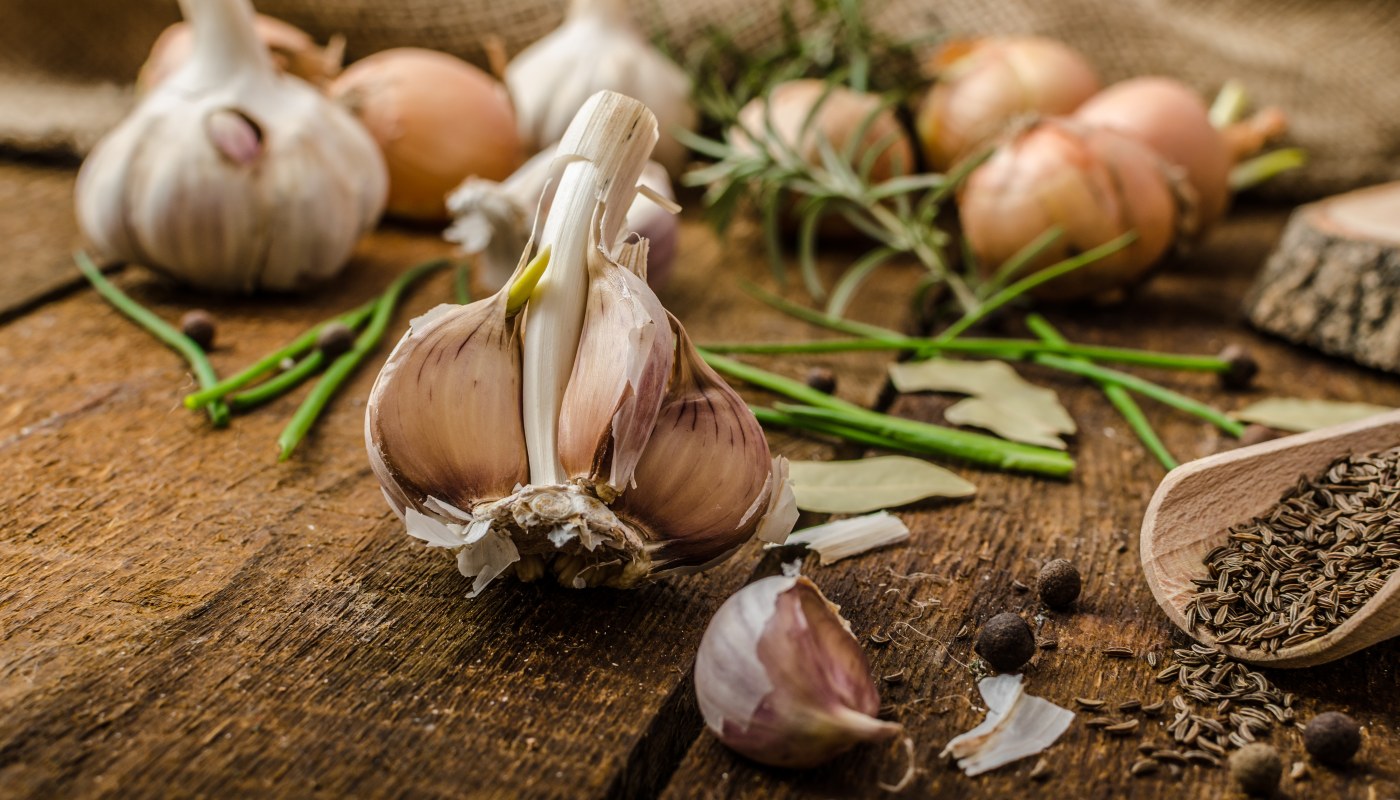How to grow garlic at home: step by step
In this article, we give you a step-by-step guide on how to grow garlic at home. Learn how to grow garlic easily at home. Don’t miss out!
fresh food
Share

Planting garlic is easy, if you know how. Having your own garlic at home means you can enjoy cooking with it even more. Thanks to its flavour and nutritional attributes, garlic is an excellent ingredient that you can put to good use in many recipes. It doesn't matter whether you choose white or purple varieties: we explain how to grow garlic successfully and easily.
How do you grow garlic?
If you want to know how to grow garlic, first you need space. If you don't have a small vegetable patch in your garden, you can use a pot or planter on your terrace. In addition to the above, you'll need to get some potting soil and, of course, the main thing: a head of garlic.
Once you've acquired all of these items, follow these steps:
- Separate the garlic cloves from the head, and put them in a pot or planter where you have already added soil or "substrate". The correct way to plant them is with the thinnest tip facing upwards. Plant them in rows, keeping a distance of about 10 or 15 centimetres between each clove.
- Water all around them and make sure they get plenty of sunlight. If you choose a pot or planter, put it somewhere it will get plenty of sunlight; if you have planted garlic in your garden, choose a place that gets a lot of sun.
- After a few weeks, the garlic plants will be ready. At this point, you can consume them fresh or letting them dry out. In the latter case, you'll have the classic garlic heads you're used to.

When should garlic be sown?
Now you know how to grow garlic, you also need to know when to plant it. Garlic plants don't need much moisture or need to be kept cool, so they're not too demanding in terms of care. Even so, we recommend that you plant garlic during the two main seasons: from October to November, and from January to March.
The soil you use to plant the garlic must be light and well drained. Garlic is sensitive to moisture, so there is no need to overwater it. In fact, if it has too much moisture and does not drain, garlic can spoil. If you do it right, you'll soon see the results.
That said, it's not a good idea to plant garlic alongside legumes or cabbages, or where fava beans, spinach or beets have previously been grown. Instead, carrots, tomatoes, and onions are considered favourable bedfellows. Although they don't usually have any problems with pests, garlic plants must also be monitored to keep these under control.
When is garlic harvested?
Of course, at this point we have to know when garlic is harvested. Garlic harvesting begins at the end of May and usually lasts until the beginning of August. Although you have many months ahead of you to see how your plants are doing, don't wait until after August to harvest your garlic, as it won't be able to withstand the dry, hot summer months.
This cheap and easy planting method really makes a difference, and you will certainly notice it, as the flavour will be more intense and, once dried, it will last longer in the pantry. Go ahead and plant your garlic at home!






